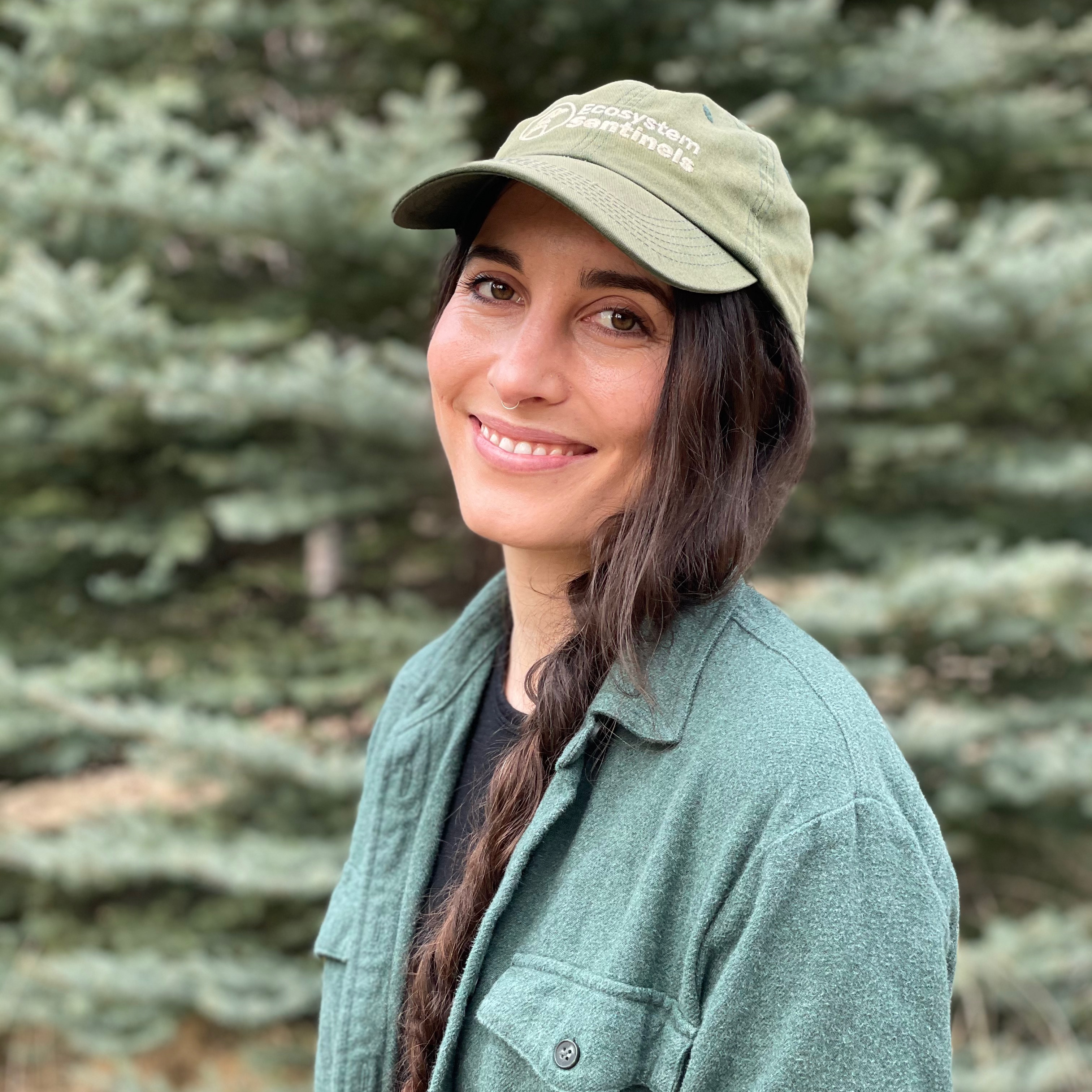Research
My research interests are in wildlife ecology, conservation biology, and natural
history. I use a combination of field studies, remote sensing, and quantitative tools to understand how global change and human activities affect the performance, ecological
interactions, and dynamics of wildlife populations. My research as a PhD student
in the Department of Biology at the University of Washington focused on the ecology
and conservation of two South American penguin species. My current work as a Postdoctoral Researcher with the Arizona Cooperative Fish and Wildlife Research Unit addresses implications of management and environmental conditions on bald eagle population dynamics and habitat use. My overarching goal is to conduct research that guides the conservation of threatened species, the mitigation of human-wildlife conflict, and that furthers our understanding of wildlife ecology and behavior.
Drivers of phenology and consequences of phenological shifts:
Shifts in phenology (i.e. the timing of important life events such as growth,
migration, or reproduction) are among the best documented organismal responses
to global change, but it is often difficult to predict how these shifts in timing
impact individual performance or population dynamics. Arrival and egg laying dates
have shifted later in the once-largest colony of Magellanic penguins at Punta Tombo,
Argentina. As part of my PhD dissertation, I examined the consequences of this
shift by 1) exploring the interaction between the timing of egg laying and of
subsequent breeding-season events like fledging (Cappello & Boersma 2021 Ecology),
and 2) by investigating the potential for increasing mismatch between penguin
breeding and the window of optimal oceanographic conditions and food availability.
These studies leveraged large and long-term datasets from field studies and remote
sensing to better understand how species will perform under changing environmental
conditions.
Modeling population dynamics to inform management and research priorities:
Management and funding allocation decisions frequently rely on population trajectory estimates. In my work as a postdoc with the Arizona Cooperative Fish and Wildlife Research Unit, I collaborated with Arizona Game and Fish Department to build a Bayesian, integrated population model (IPM) and conduct a population viability analysis (PVA) for bald eagles in Arizona. We estimated bald eagle population trends over the last 30 years as well as predicted population trajectories under various possible future management scenarios.
Conservation of rare and endangered species:
Populations of rare and endangered species have urgent conservation needs yet can be among the most difficult to study. The Galapagos penguin is Endangered
on the IUCN Red List, and its population is small and remote. My work with this species
aims to reveal components of its natural history, behavior, and population dynamics that will aid in developing effective conservation strategies. For example, I tested
the accuracy of less invasive methods (e.g. morphometric measurements, subtle
markings on otherwise monomorphic plumage) for determining the sex of individual
penguins (Cappello & Boersma 2018 Endangered Species Research). I am currently
working on analyses to determine the thermal and physical properties
of Galapagos penguin nests that best predict if a penguin will occupy the nest.
This information will be useful for designing artificial nests to increase breeding
opportunities for this small and endangered population.

